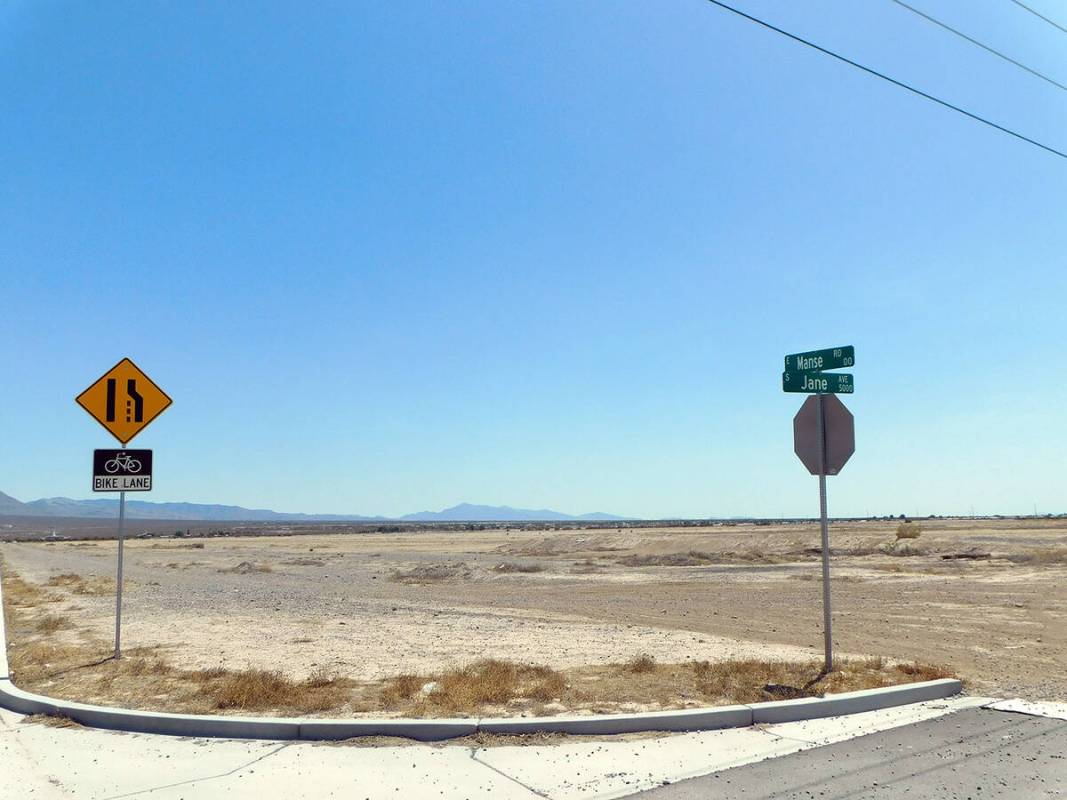
RENO — The Bureau of Land Management, Nevada is asking for your help to prevent human-caused fires all year long. A fire prevention order is being put in place beginning May 1 across Nevada.
The 2023 Fire Prevention Order prohibits specific fire-related activities on BLM-managed public lands from May 1 to Oct. 31, 2023. This order makes it illegal to use explosive materials (including exploding targets), fireworks or steel component ammunition.
“Currently, Nevada is experiencing record precipitation, which could lead to an increase of grass fuels,” said BLM Nevada State Fire Management Officer Brock Uhlig.
“The current, national wildland fire potential outlook indicates that we could be in for a challenging summer,” Uhlig said. “It’s important for the public to understand the fire prevention order to help keep human-caused wildfires from needlessly damaging natural and cultural resources.” Any person who knowingly and willfully performs any act restricted by the Fire Prevention Order could be subject to a fine and held responsible for fire suppression and/or rehabilitation costs.
Check with your local, federal, and state agencies for additional fire prohibitions and restrictions. For more information or clarification on individual agency restrictions, visit: https://www.nevadafireinfo.org/restrictions
To read the BLM Nevada 2023 Fire Prevention Order, or for the most recent information concerning wildfires, fire restrictions, and fire prevention and education, can be found at the Nevada Fire Info webpage – https://www.nevadafireinfo.org/.
The BLM manages more than 245 million acres of public land located primarily in 12 Western states, including Alaska. The BLM also administers 700 million acres of sub-surface mineral estate throughout the nation.
In fiscal year 2018, the diverse activities authorized on BLM-managed lands generated $105 billion in economic output across the country. This economic activity supported 471,000 jobs and contributed substantial revenue to the U.S. Treasury and state governments, mostly through royalties on minerals.